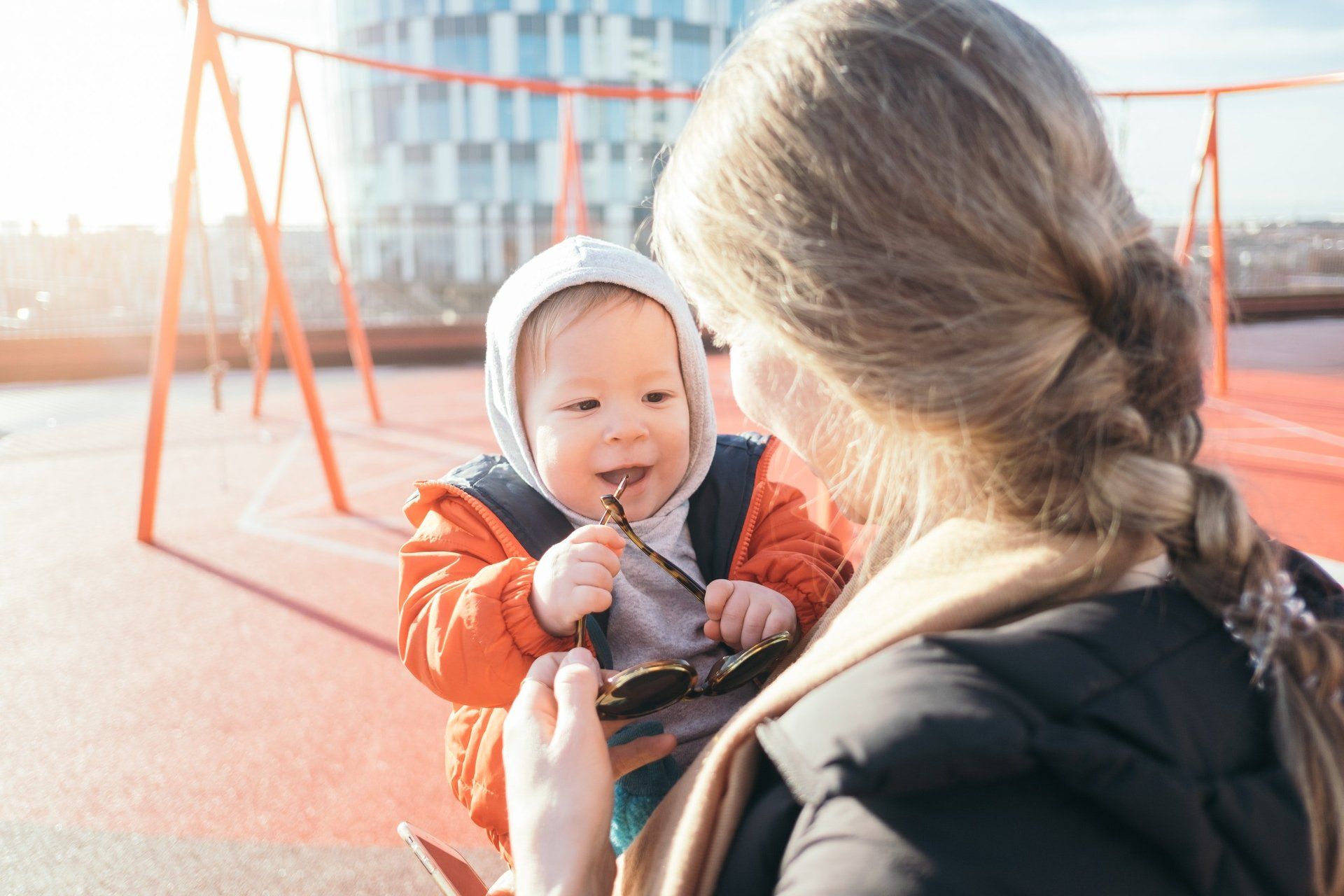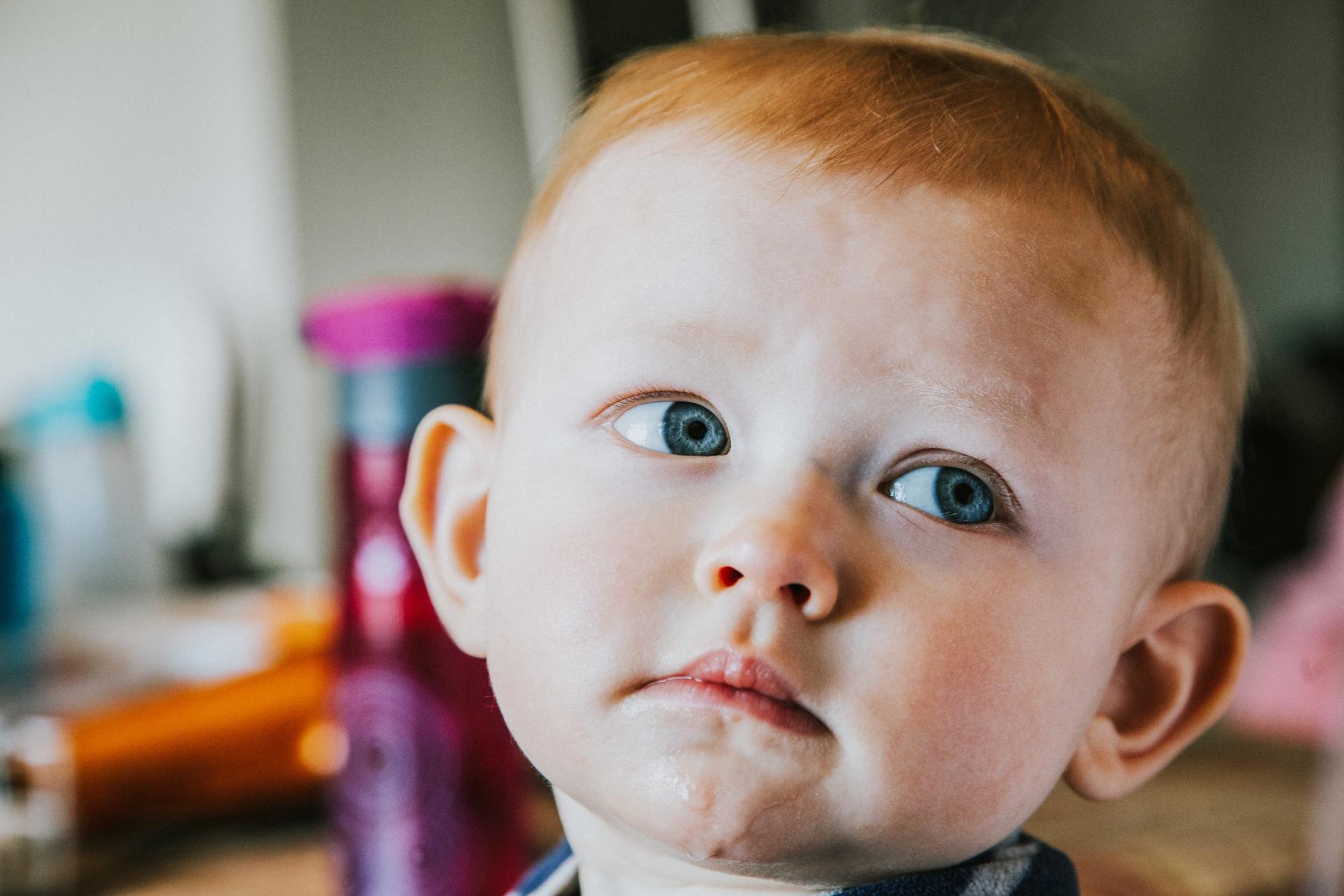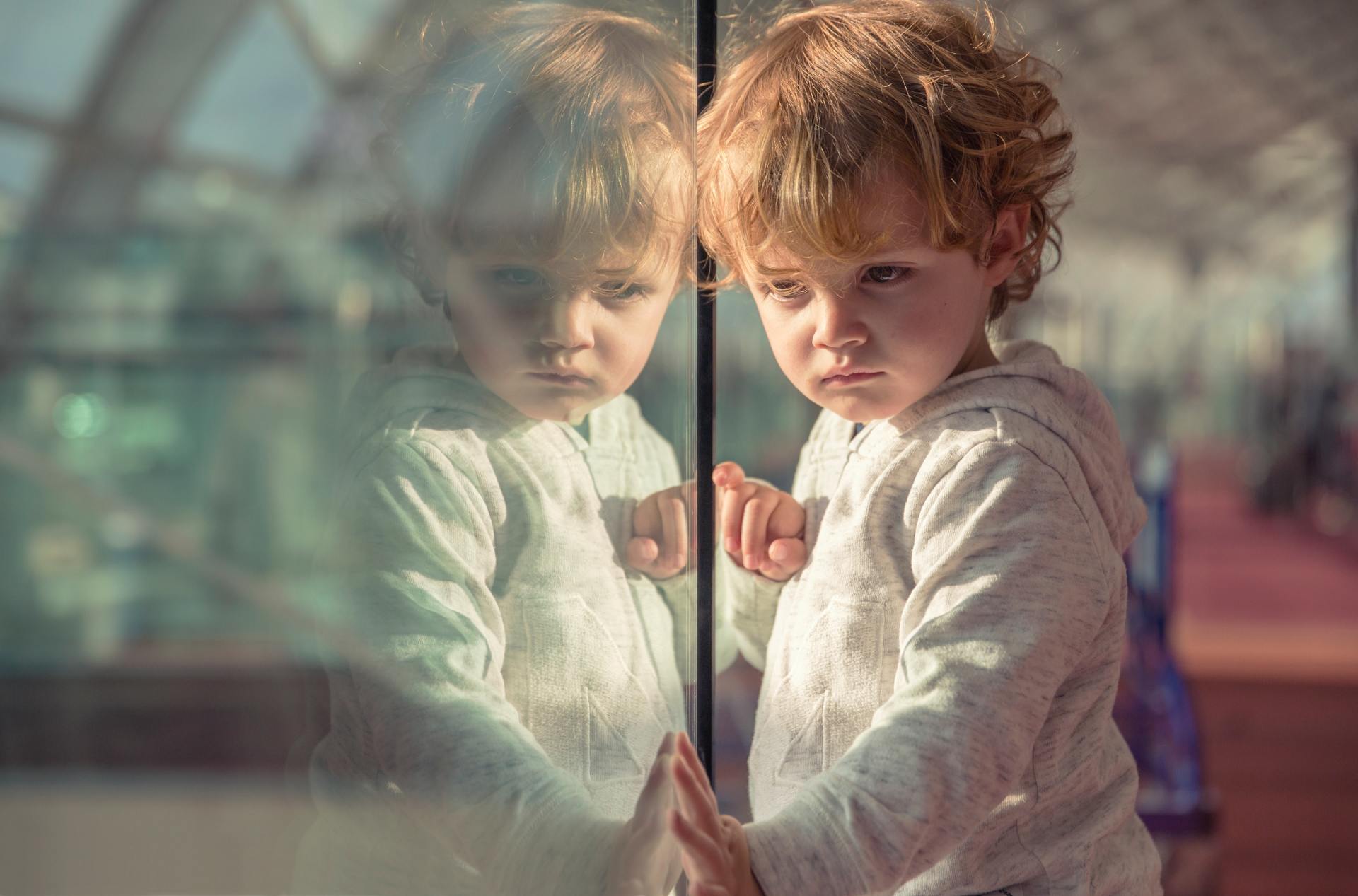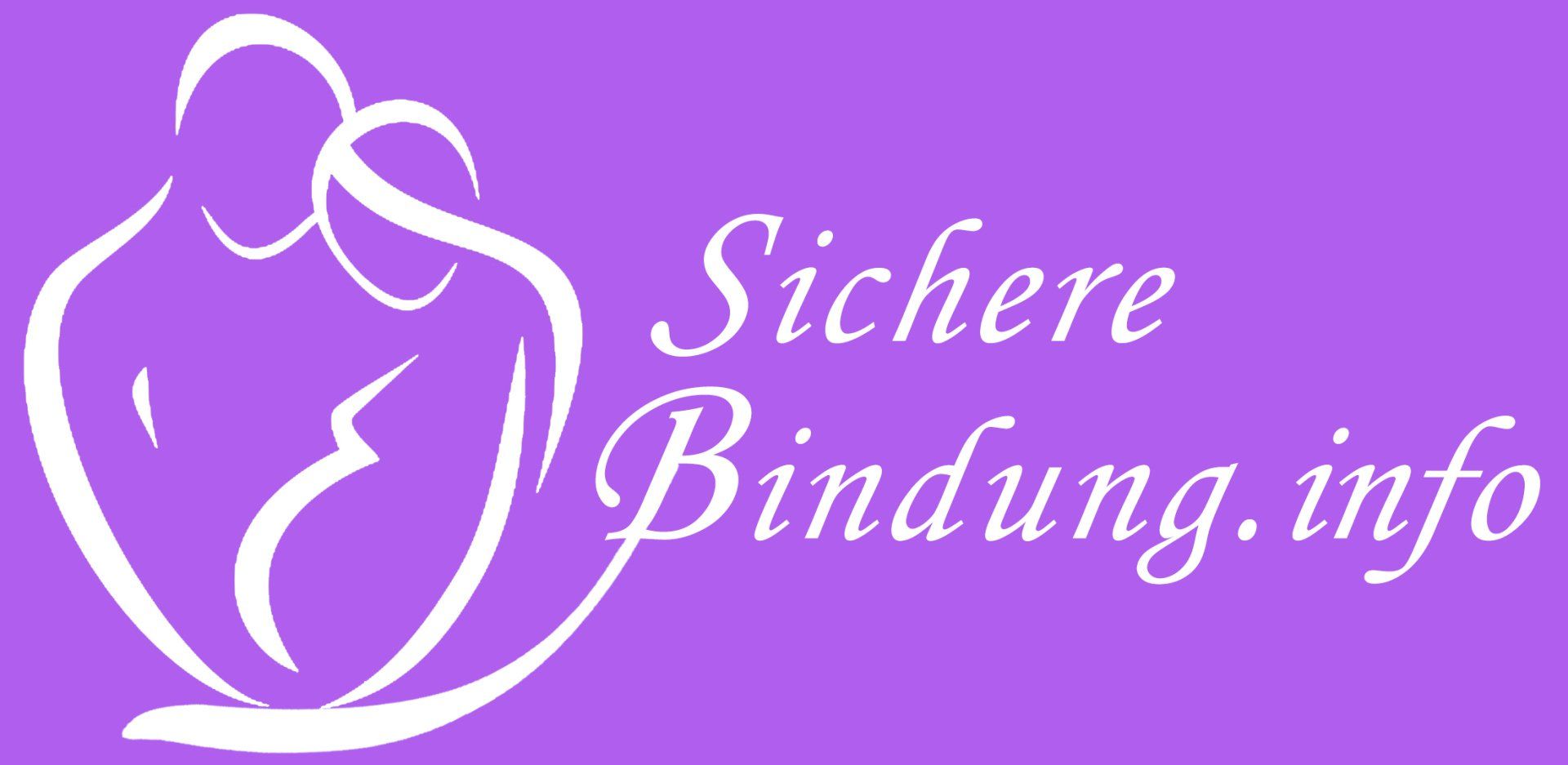Promotion of attachment / theory
This area is currently under construction!
Attachment Theory - How Your Childhood Affects Your Life Attachment Theory argues that a strong emotional and physical attachment to a primary caregiver in our early years is critical to our development. When our attachment is strong and solid, we feel safe in the world to explore. We know that there is always a safe base to go back to at any time, and when our attachment is weak, we feel insecure. We are afraid of exploring a pretty scary world or leaving safe haven. Because we are not sure if we can come back.
1. FST / The secure attachment type The securely attached child has confidence in the reliability and availability of the attachment person and explores undisturbed in their presence. The attachment person is perceived as a safe starting point for exploring the environment. When separated from her, the child shows clear attachment behavior with shouting, searching and crying and appears stressed. The child clearly differentiates between the attachment person and does not allow himself to be comforted by the stranger. When the attachment figure returns, the child demonstrates joy and immediately seeks physical contact. As a result of the experience of predictable calming through the attachment figure, it can quickly return to its environment in exploratory fashion. (Stangl, 2020).
Understand, accompany and calm my crying baby, the crying of an infant leaves no adult unaffected. Parents in particular are placed on alert. From the child's point of view, crying is a signal that indicates a need. We would like to explain to you what the crying of the babies is all about and what possibilities there are to be able to accompany your baby with understanding. In order to better respond to and respond to our children's crying, it is important to be familiar with the various forms of crying. By imagining that a child always has to be calm, the parents get caught in a performance ideal and develop questionable calming strategies such as Feeding, giving pacifiers, swings, background noise, driving a car, etc. Loss of emotion control ("It overwhelms me"). Perhaps there are hidden issues such as disappointment, aggression or relationship insecurities and family stories. Loss of self-efficacy ("I can't do anything"). The delimitation is no longer possible. A posture of eight arises with loss of contact with oneself. Fatigue syndrome (“I can no longer”). And what helps to calm the stressful situation? Slowing down and calm helps to adapt to the slow world of children. A conversation in peace creates access to the inner state of mind. Through calm and self-connection in conscious breathing, it is easier for parents to empathize with the behavioral and body language of their child and to answer them. In this response, the child learns to experience itself as self-effective and safe. (Source: https://www.bethesda-spital.ch/blog/frauenmedizin/geburt/mein-weinendes-baby-verstehen-begleiten-und-beruhigen.html) We try to educate and support parents about the different types of crying:
The four binding models by Mary Ainsworth (et al) and John Bowlby
The four types of attachment How do childhood attachment experiences affect satisfaction in adult relationships?
This area is currently under construction and can be realized thanks to the financial support of the following person: Dipl. Psych. Sema Ley











